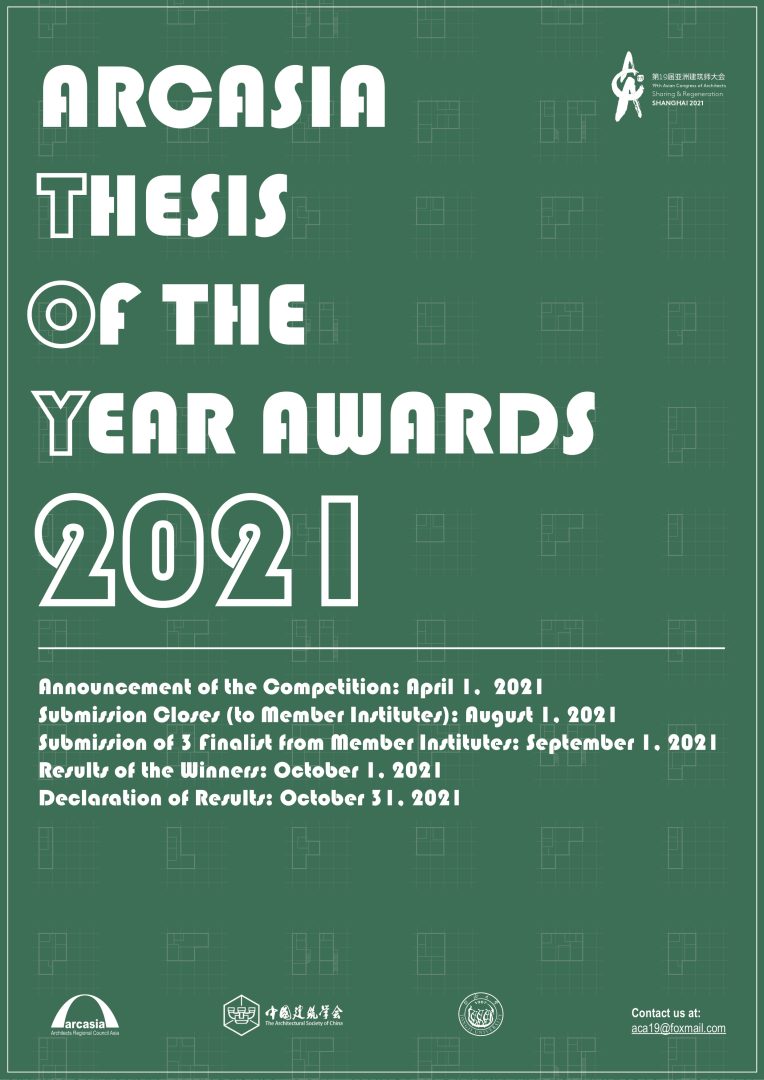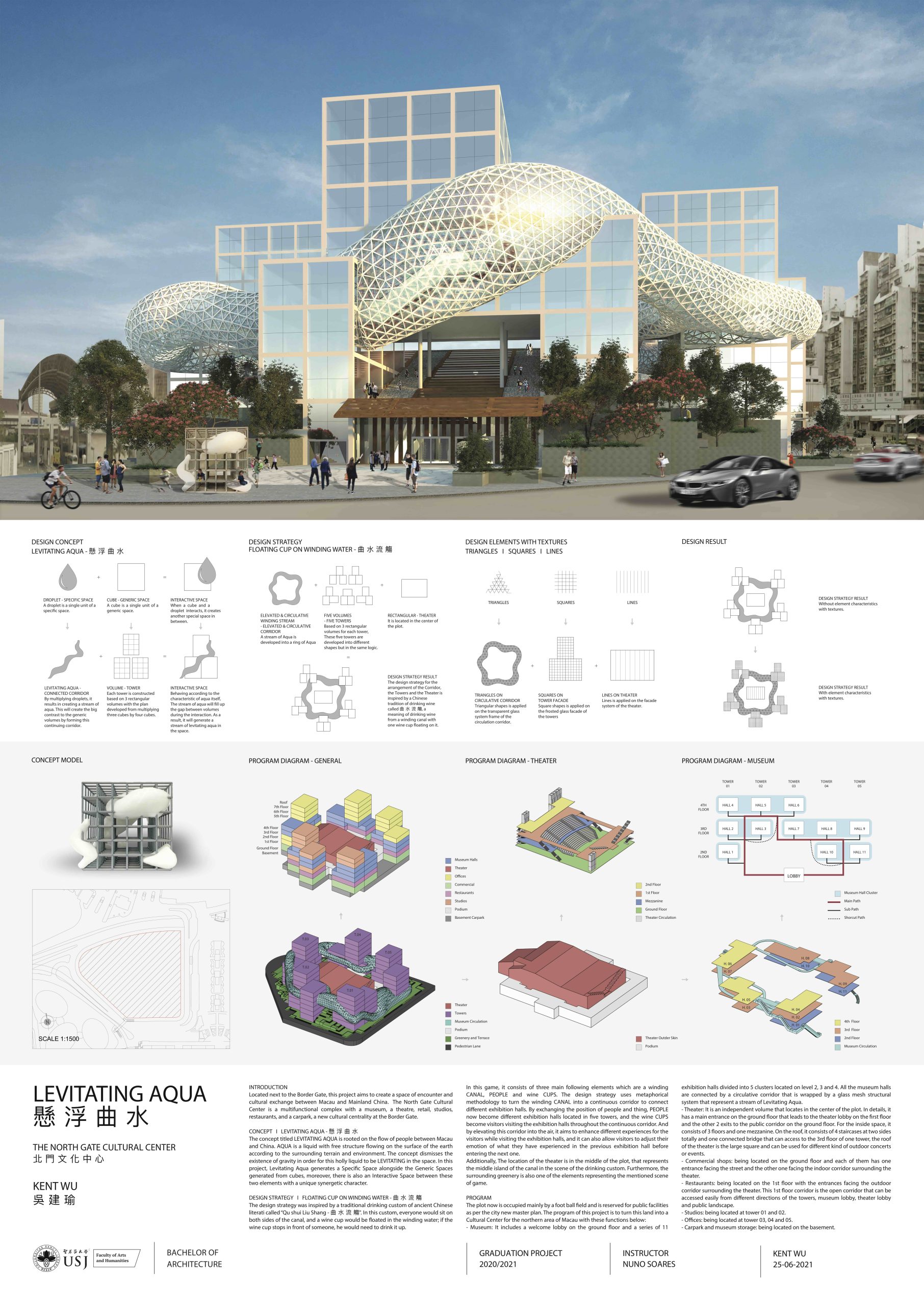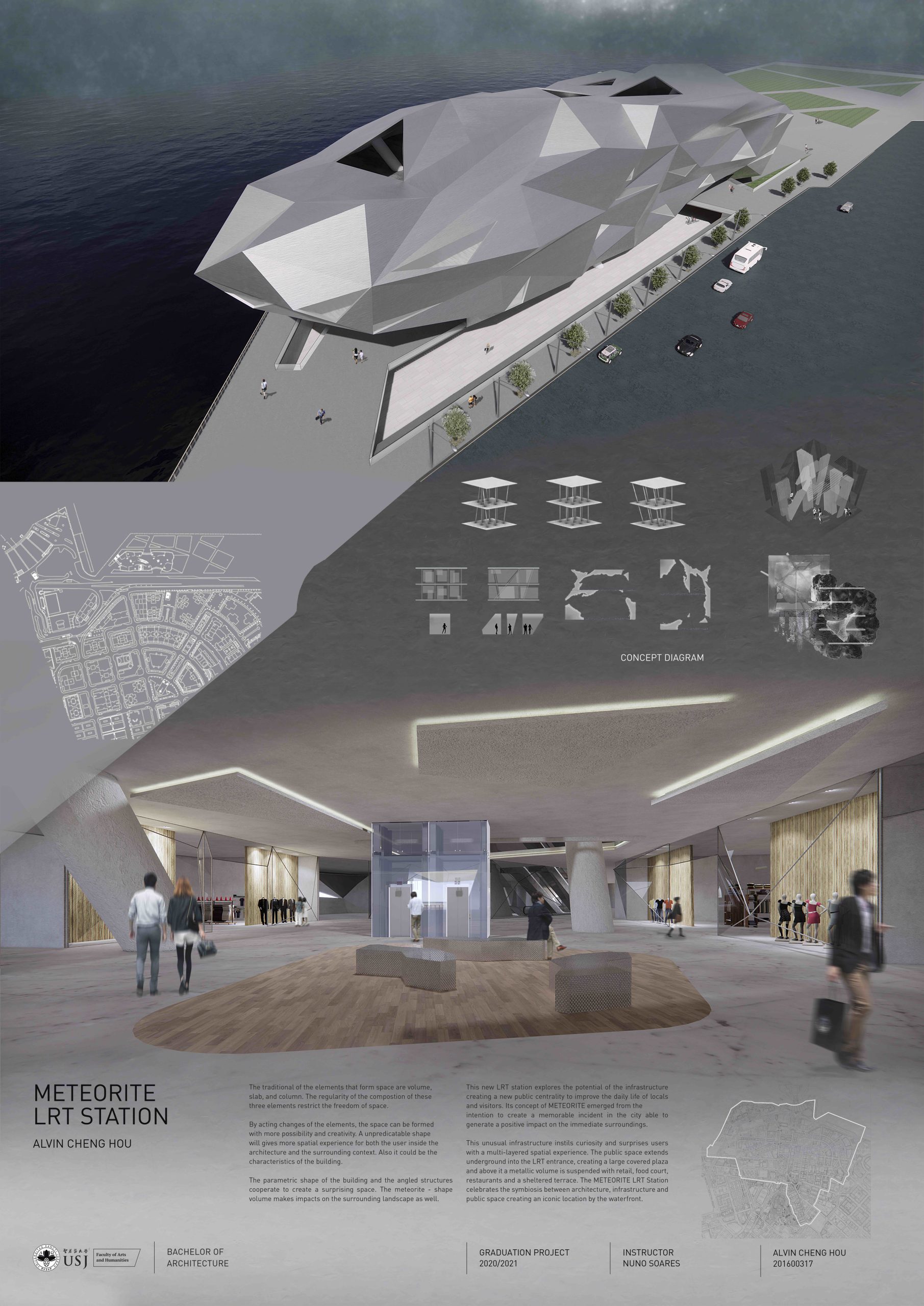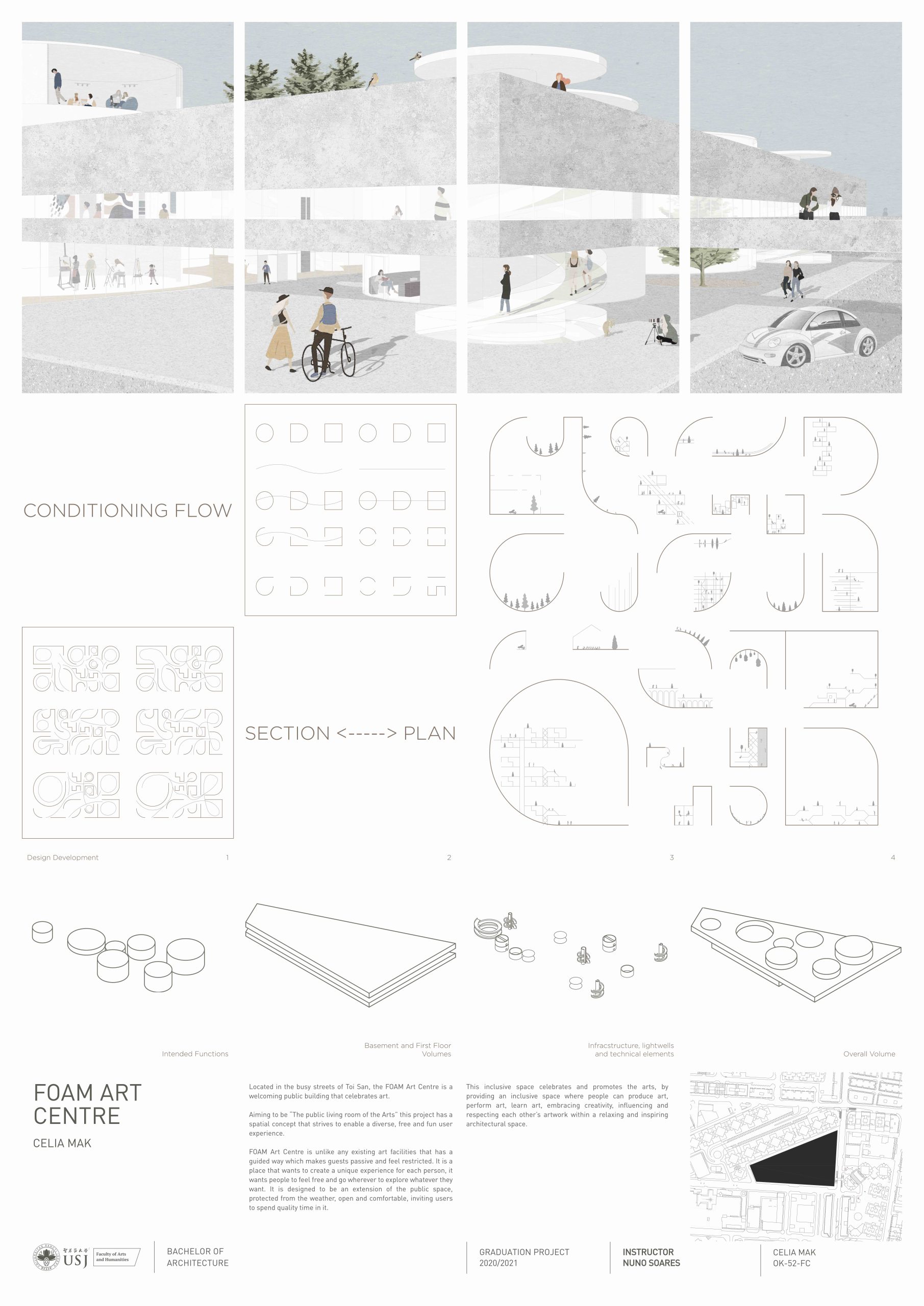Three USJ’s Architecture Students’ Projects Selected By AAM To Represent Macao In The ARCASIA Thesis of the Year Awards 2021
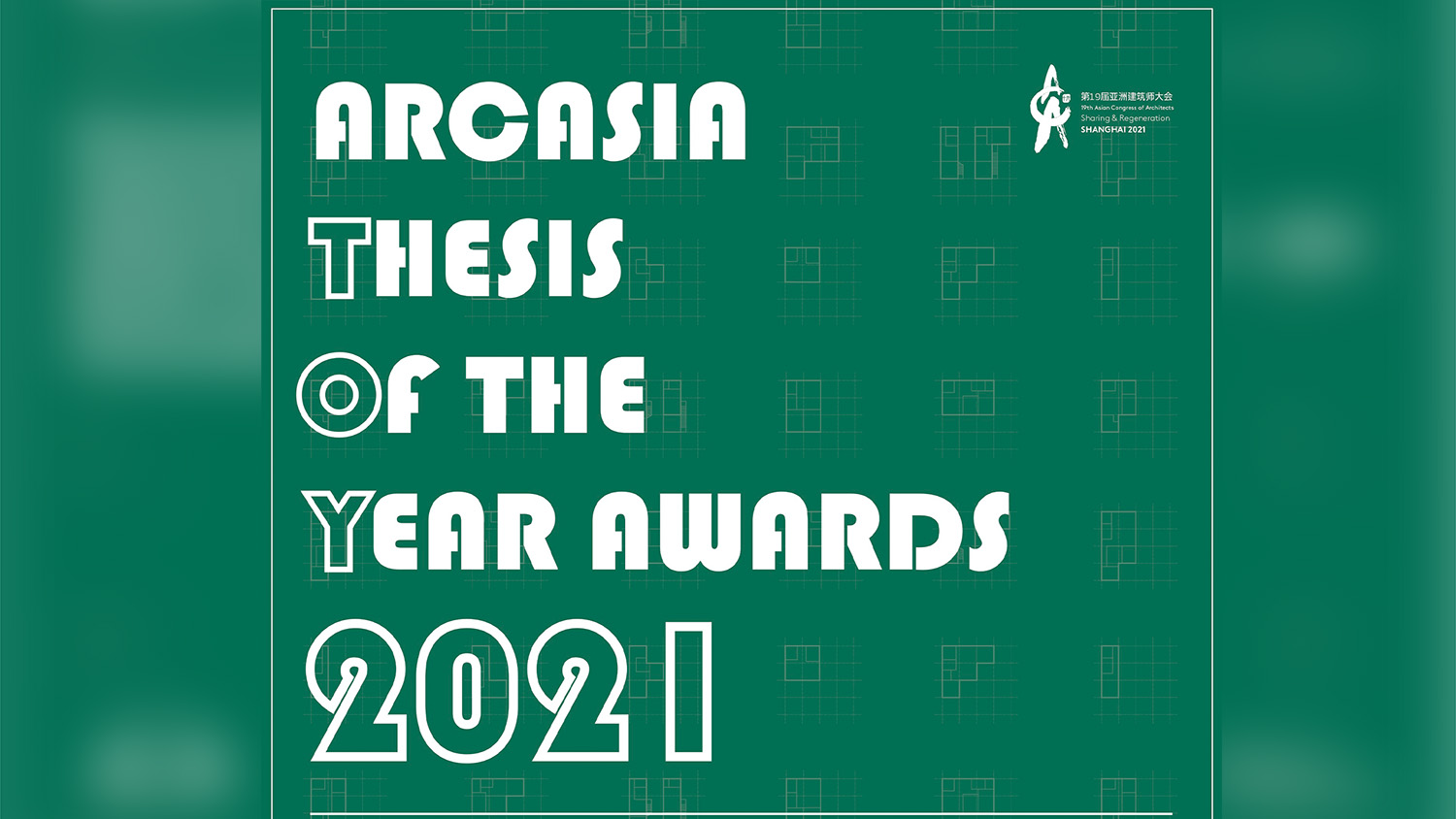
Three USJ’s Architecture Students' Projects Selected By AAM To Represent Macao In The ARCASIA Thesis of the Year Awards 2021
21
Sep
21/09/2021
USJ’S Architecture Theses Selected by AAM to Represent Macao in the ARCASIA Thesis of the Year Awards (TOY) 2021.
Every year, ARCASIA Member Institutes select the three best architecture theses to represent their country at the ARCASIA Thesis of the Year Awards (TOY). This year’s selected theses by the Architects Association of Macau (AAM), ARCASIA’s Member Institute representing the territory, are all from USJ’s Architecture graduation students.
The awards will gather the best architecture theses from 21 Asian countries, providing an arena for the architecture schools in ARCASIA member countries and their students to display their potential in the international platform that ARCASIA offers to heighten and elevate architecture education in Asia.
TOY ARCASIA is dedicated to fresh ideas in the Thesis from the final-year students in each member country and opens a route to the knowledge exchange of architectural education.
The best architecture theses selected by AAM were:
Levitating Aqua by Kent Wu
Meteorite LTR Station by Alvin Cheng Hou
Foam Art Center by Celia Mak
About USJ’s Architecture Programmes:
The University of Saint Joseph’s (USJ) Architecture Programmes—Bachelor of Architectural Studies and Master of Architecture—are designed to empower a new generation of architects committed to improving the built environment and leading through meaningful design innovation. They provide students with a holistic education, enabling them with creative abilities, a cultural background, technical skills, and professional knowledge to pursue an impactful career in architecture, both in Macao and internationally. With an idealistic yet pragmatic approach, the USJ architecture programmes follow international architectural education standards while exploring specific local conditions, looking to Macao and the Greater Bay Area as a laboratory for students to test new spatial answers to contemporary challenges and opportunities. The curricula are rooted in tectonics and sustainability, addressing themes such as high-density housing, heritage management and conservation, experimental material fabrication, and innovative mixed-use architecture.
The programmes emphasise ethics and expertise, encouraging students to be socially committed and generous and to design for the common good.
Students are challenged to generate innovative architectural and urban forms created from a public perspective that contribute to cities and their citizens’ futures by improving the design of the daily spaces where human activities occur.

